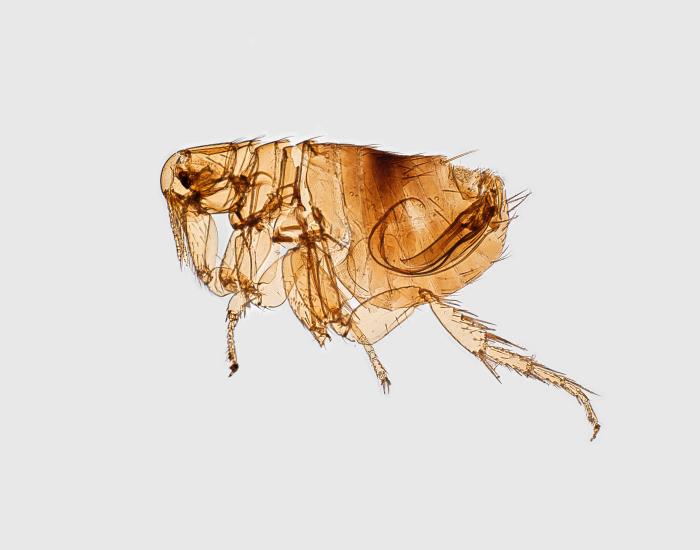Officials with the Gerencia Regional de Salud Lambayeque have reported (computer translated) on a human plague death, the first such death in two decades in the region.

A 42-year-old man died on July 6 from septicemic plague; which later became complicated with a pneumonic plague, health officials note. The bacterium was acquired via a flea bite during a visit to the area of Humedades Alto in the district of Salas.
The man presented with symptoms of cough, feeling of suffocation, vomiting with blood, pain in the extremities, malaise, fever of 39°C, muscle cramps and swollen lymph nodes, mainly those located in the armpits and neck.
The Regional Health Management of Lambayeque, through the Regional Zoonoses Health Strategy, continues surveillance and vector control actions in different parts of the region, in order to prevent the spread of Yersinia pestis, the bacterium that causes the plague and is transmitted by the bite of the fleas of some rodents.
Authorities of the health sector of Lambayeque, chaired by the Regional Health Manager, Dr. Pedro Cruzado Puente, met with professionals from the National Health Institute and the National Health Strategy of Zoonoses of the Ministry of Health, who will provide technical assistance to strengthen these activities and for the handling of cases that may arise.
There are three forms of human plague; bubonic, septicemic and pneumonic.
Bubonic plague: This is the most common form. In this form, the bacteria enter the body through the bite of an infected flea or rodent. Here the bacteria infect the lymphatic system. After a few days to week, the person will experience fever, chills, weakness, and swollen lymph glands. These are called buboes.
Untreated bubonic plague is fatal about half the time.
Septicemic plague: This form is also contracted from a flea or rodent bite. Sometimes it appears subsequent to untreated bubonic or pneumonic plague. It involves bloodstream dissemination to all areas of the body. Buboes do not occur. Symptoms are endotoxic shock and disseminated intravascular coagulation. Untreated septicemic plague is nearly always fatal.
Pneumonic plague: Probably the most serious form of plague and it’s when the bacteria infect the lungs and cause pneumonia. It is contracted when the bacteria is inhaled (primary) or develops when bubonic or septicemic plague spreads to the lungs.
Pneumonic plague is contagious and can be transmitted person to person. It is highly communicable under appropriate climate conditions, overcrowding and cool temperatures. Untreated pneumonic plague is frequently fatal.
Yersinia pestis is treatable with antibiotics if started early enough.
- Dengue responsible for three deaths in Camagüey Province, Cuba: Report
- Valley fever cases up in the US in first half of 2018
- Legionnaires’ disease cluster reported in Manhattan neighborhood
- McDonald’s salads and Cyclospora: FDA and company statements
- S. Korea issues Japanese Encephalitis alert
- Norway reports increase in enterovirus infections, Echovirus 30 most common
- Diphtheria: 4th case reported in Ukraine



One thought on “Plague death reported in Lambayeque, Peru”